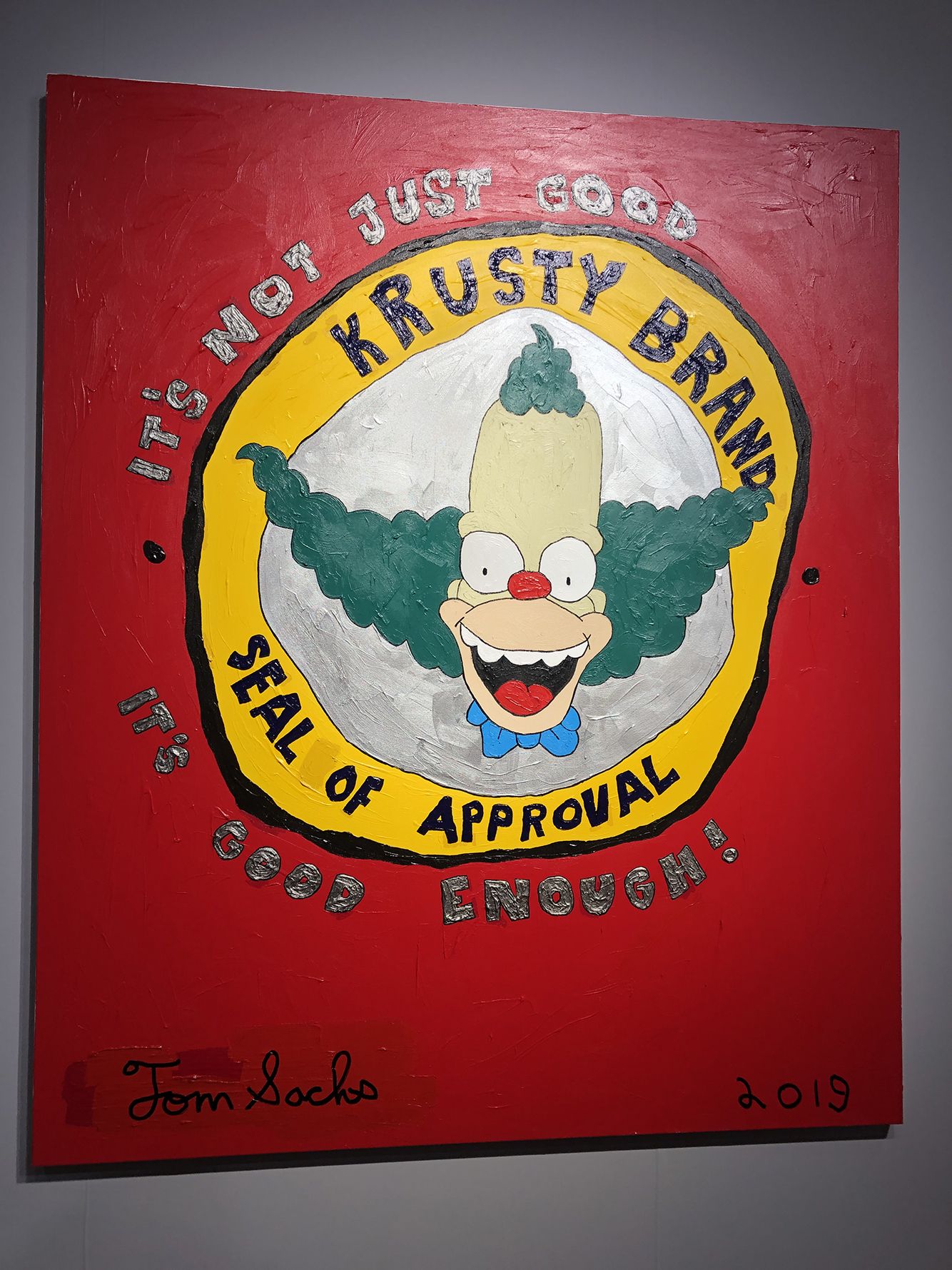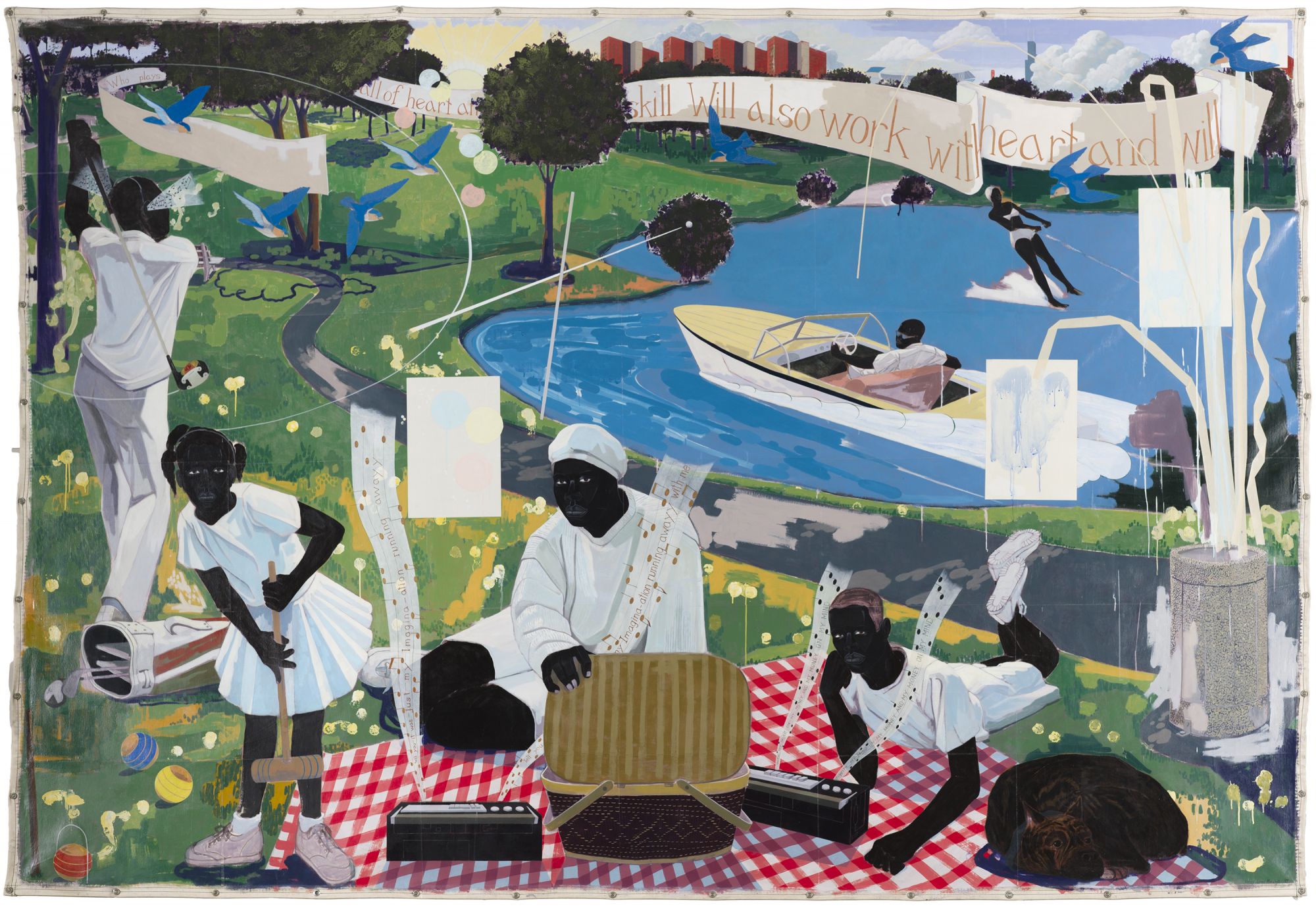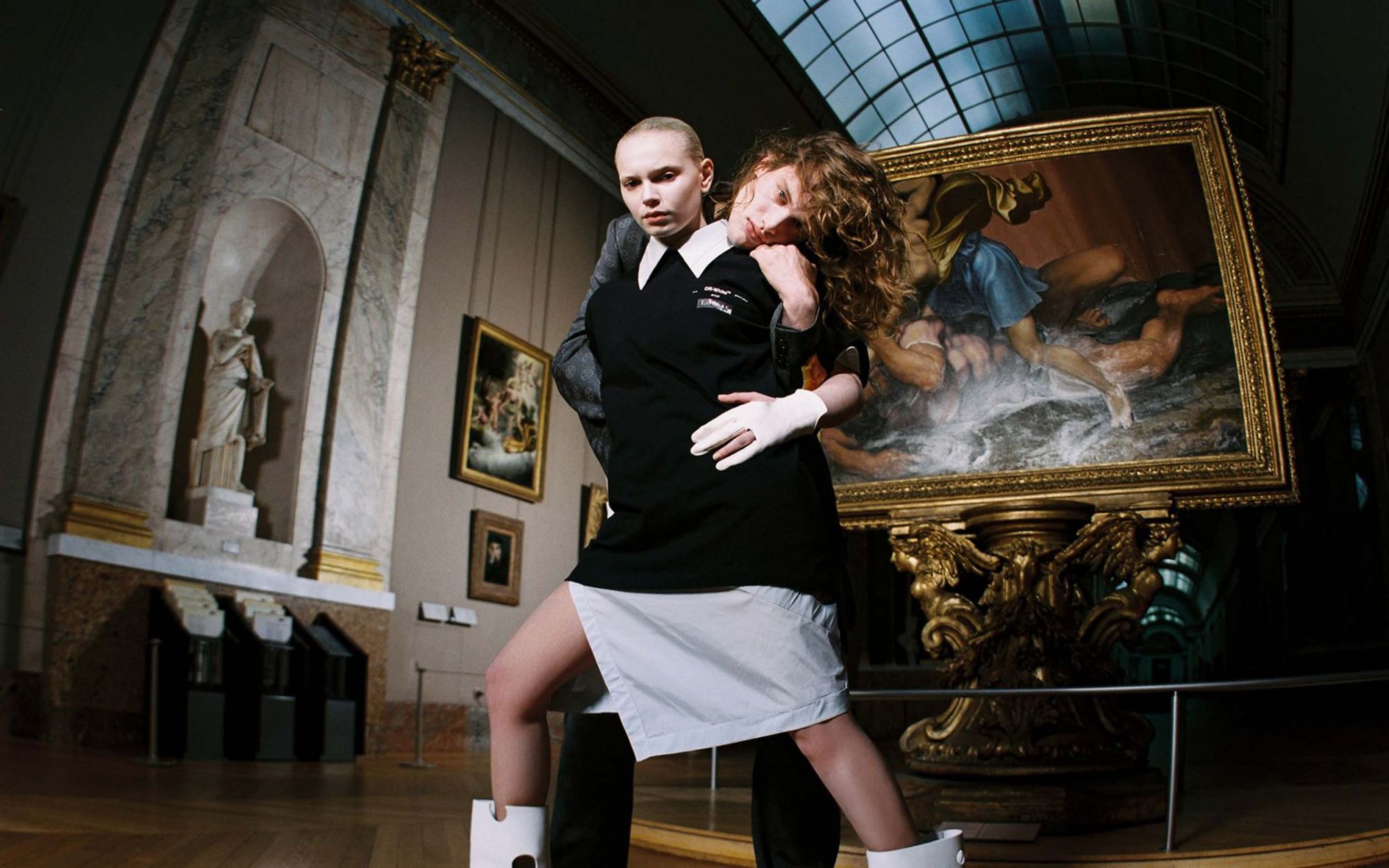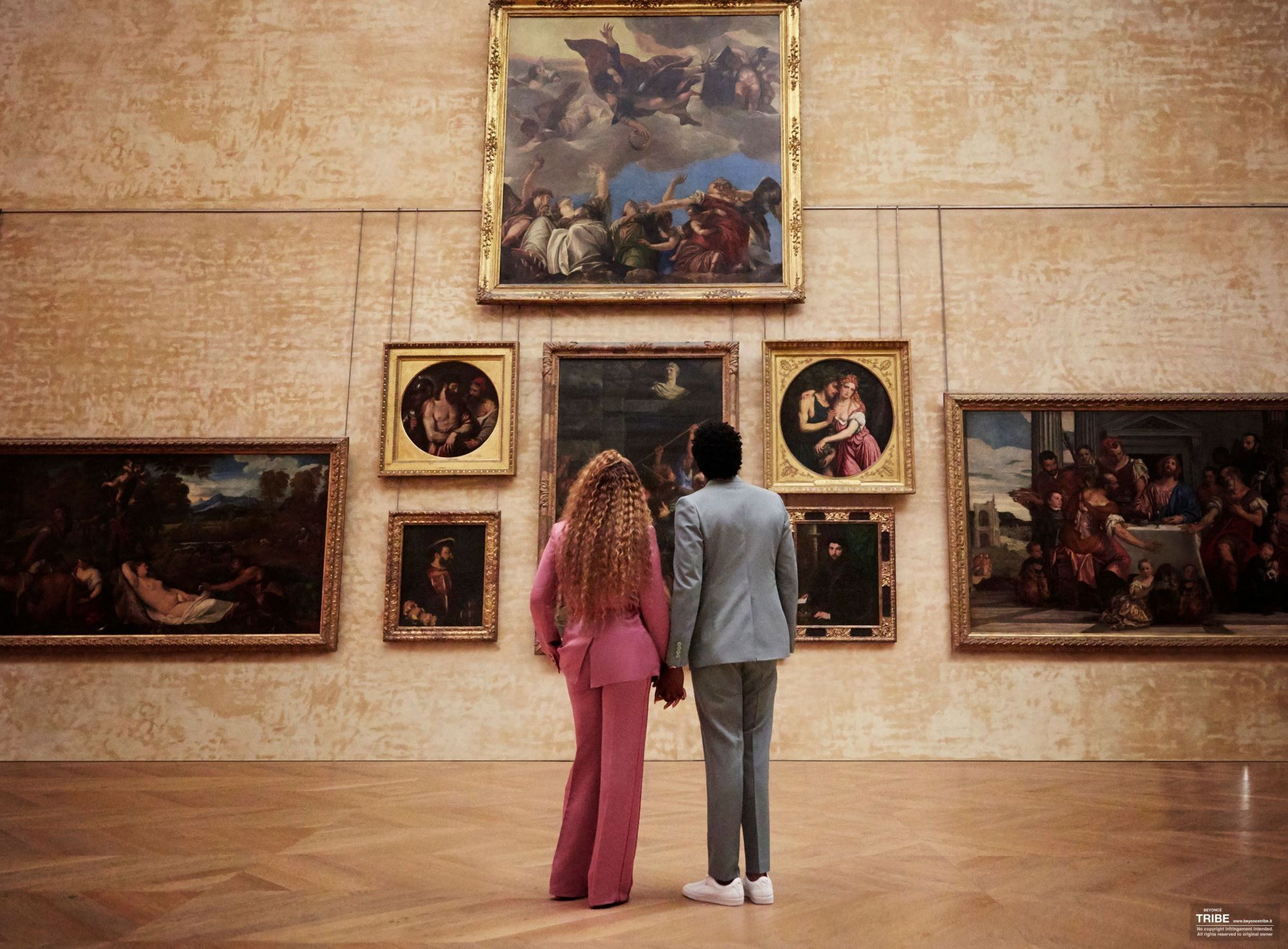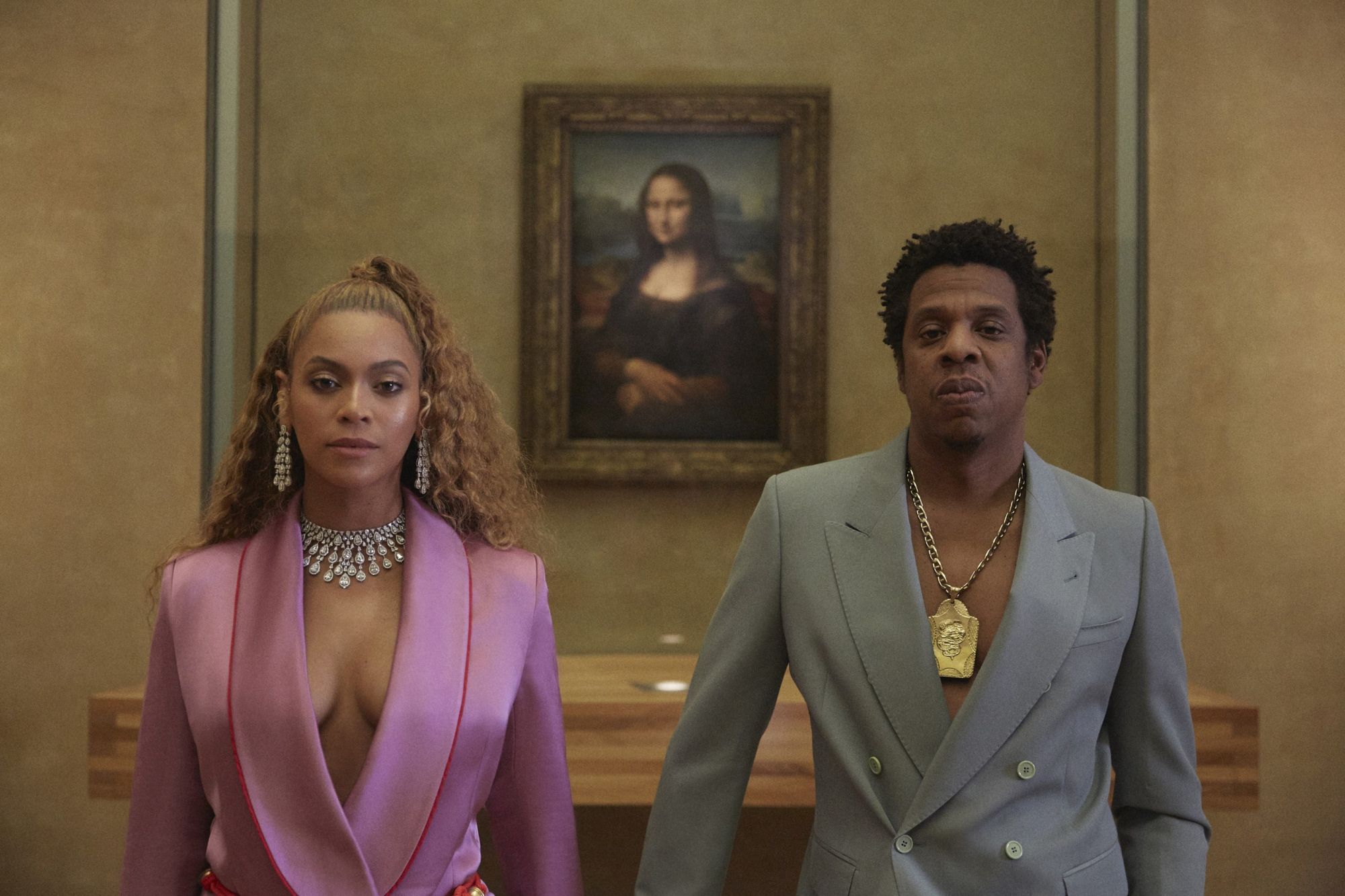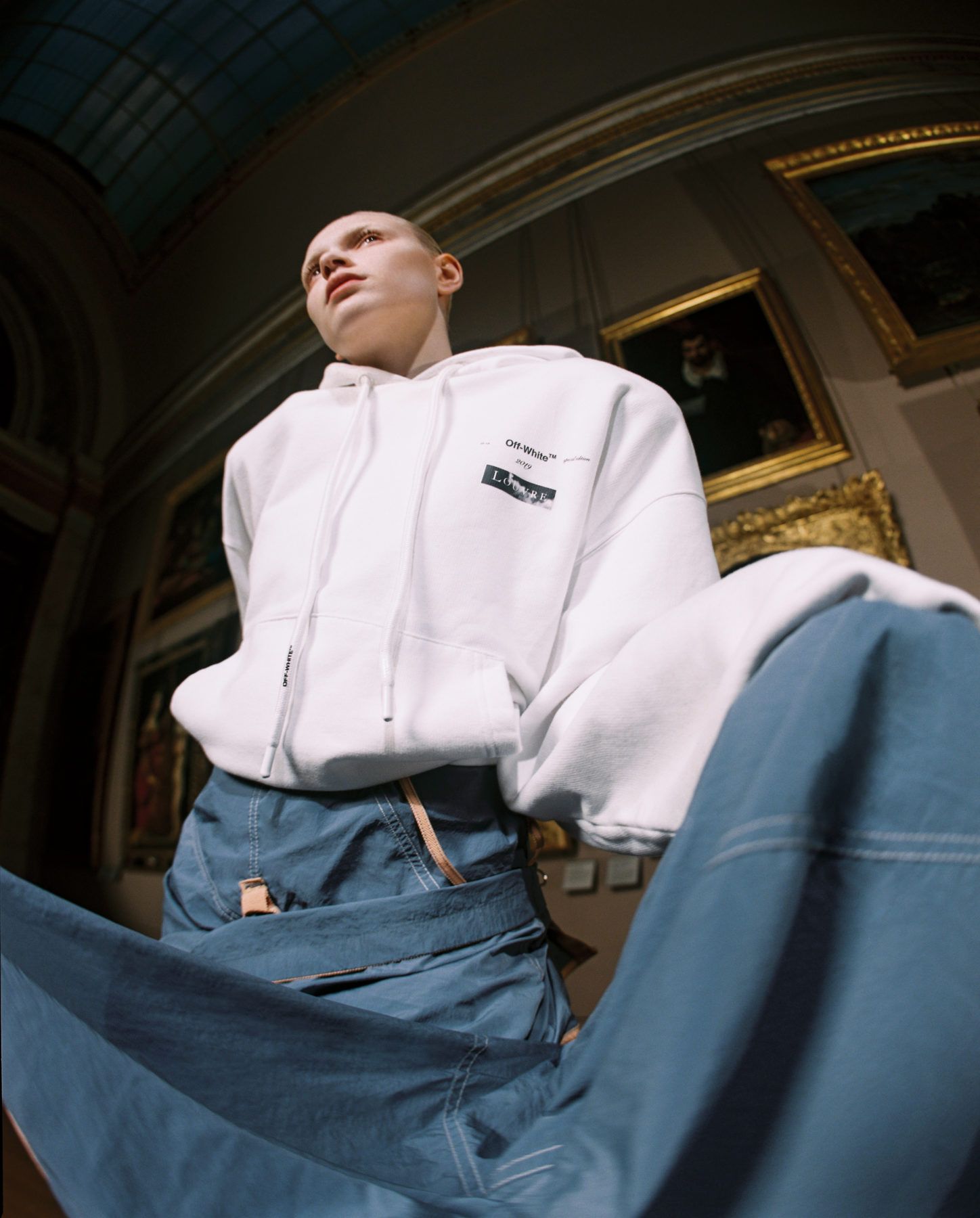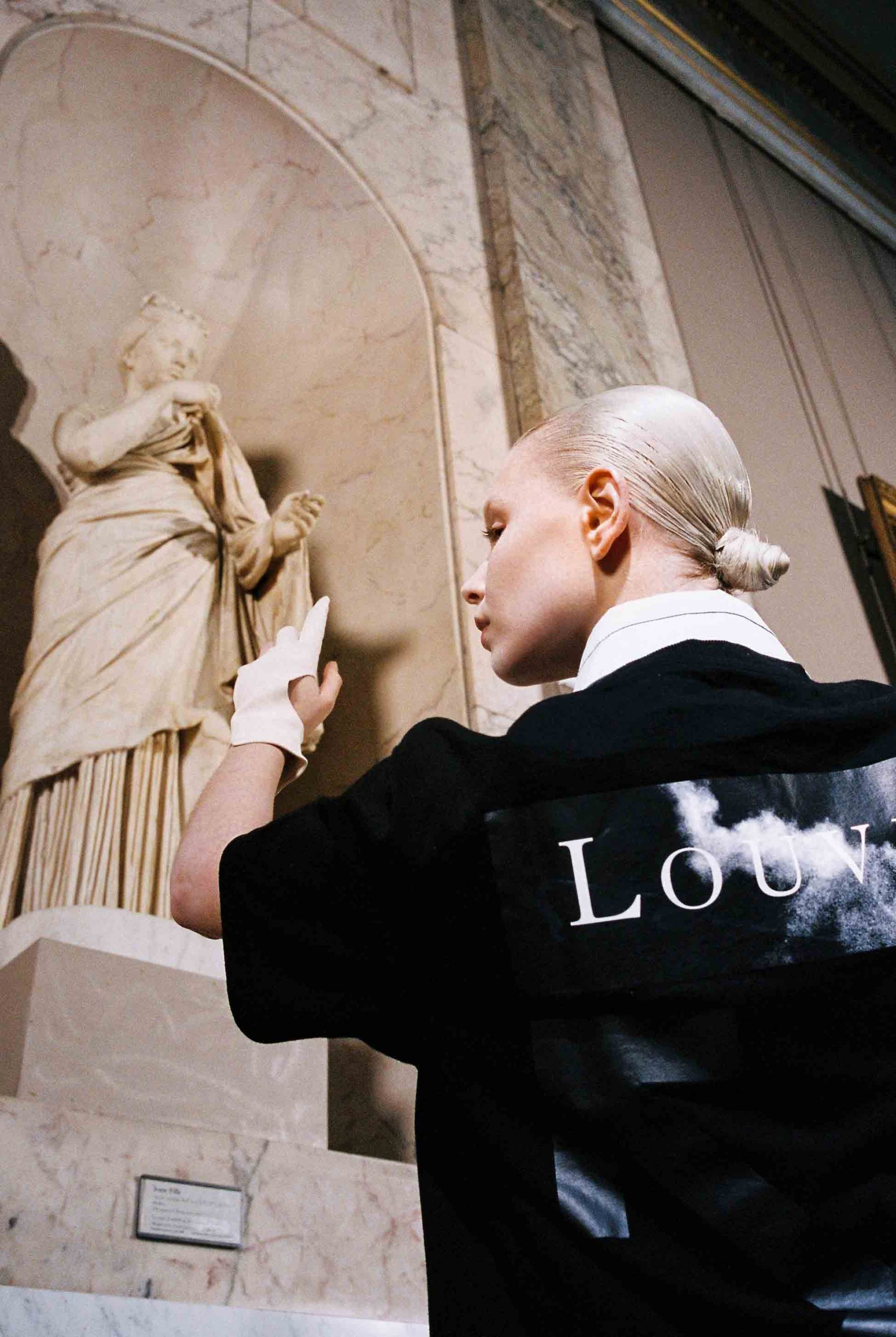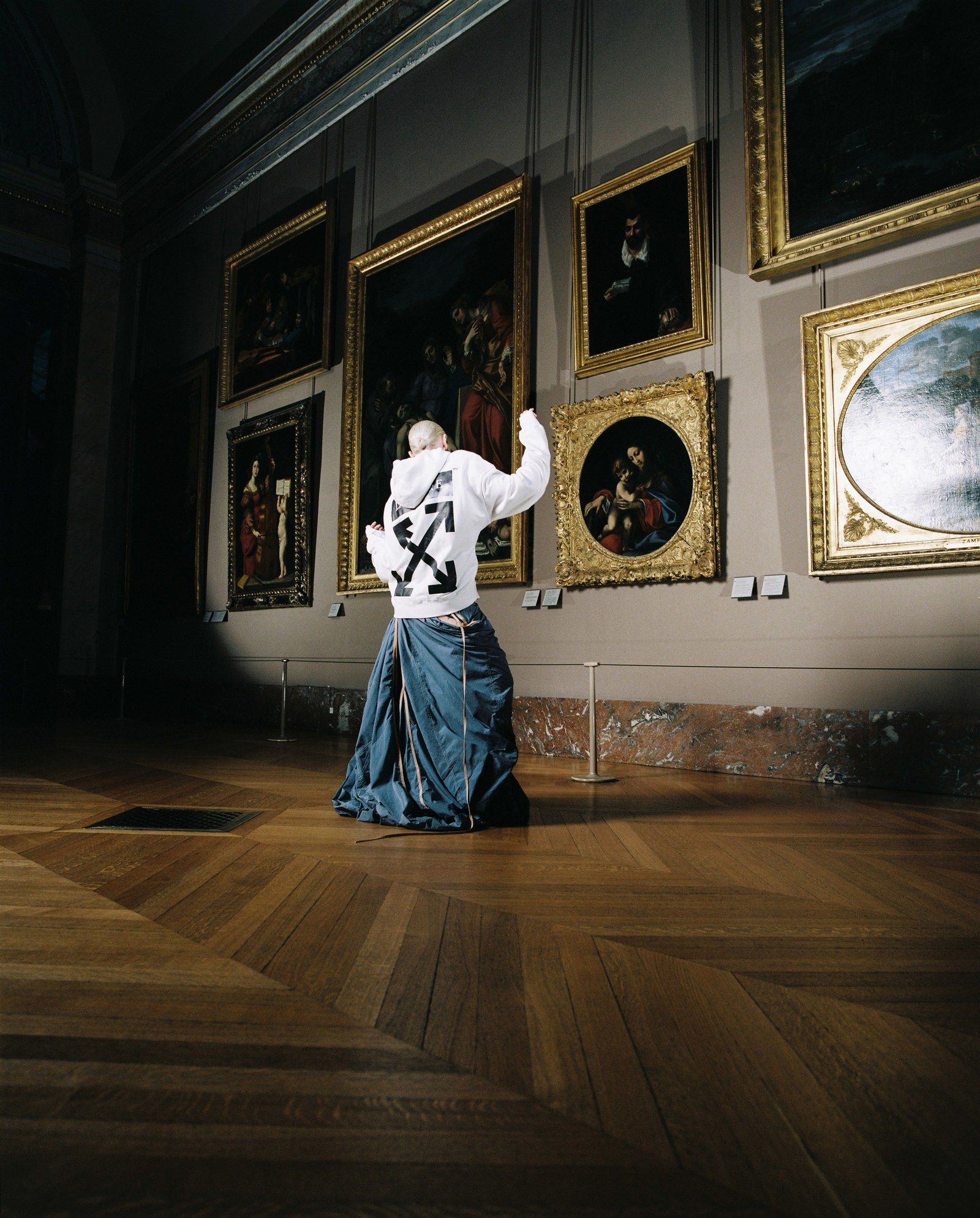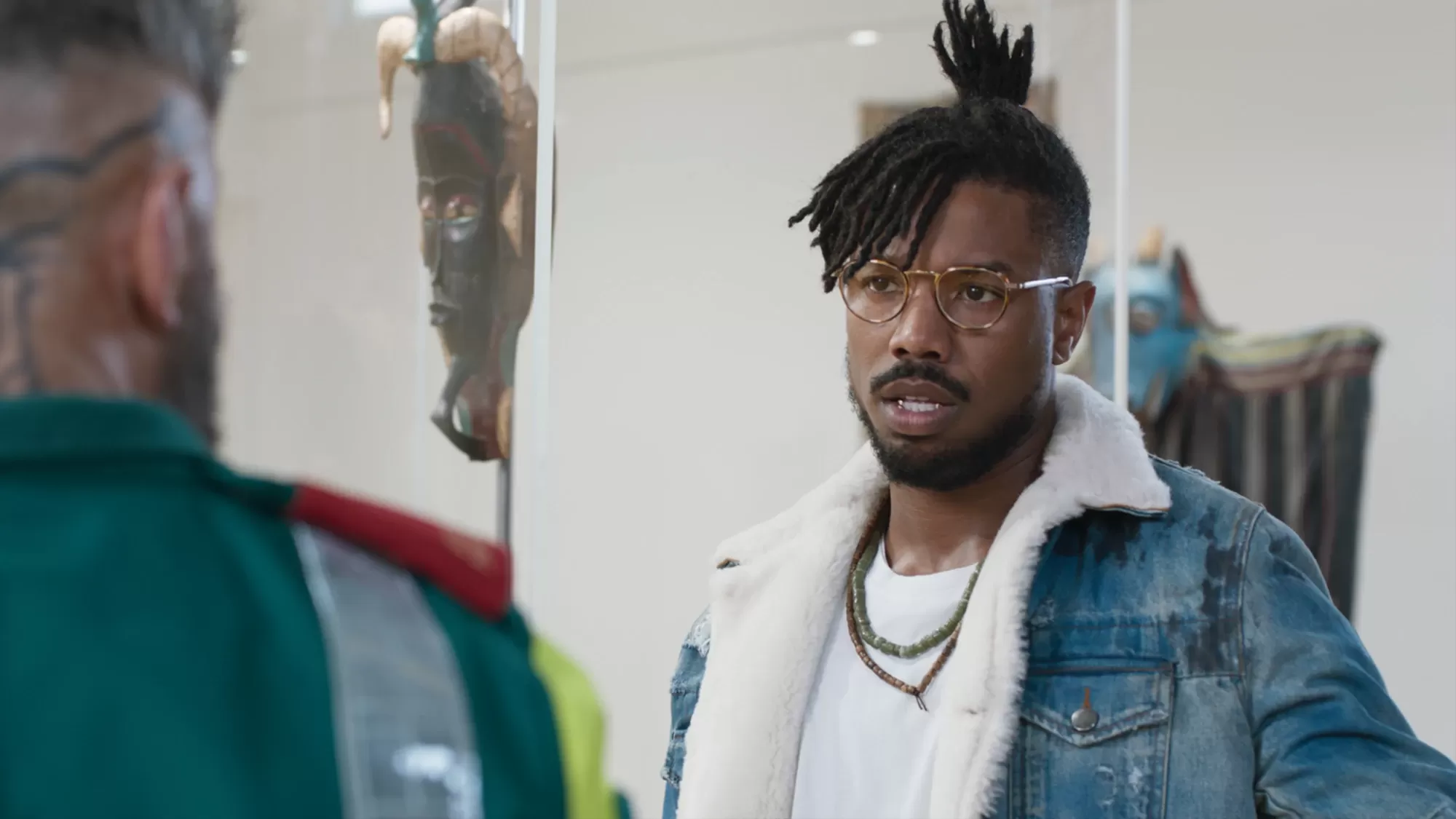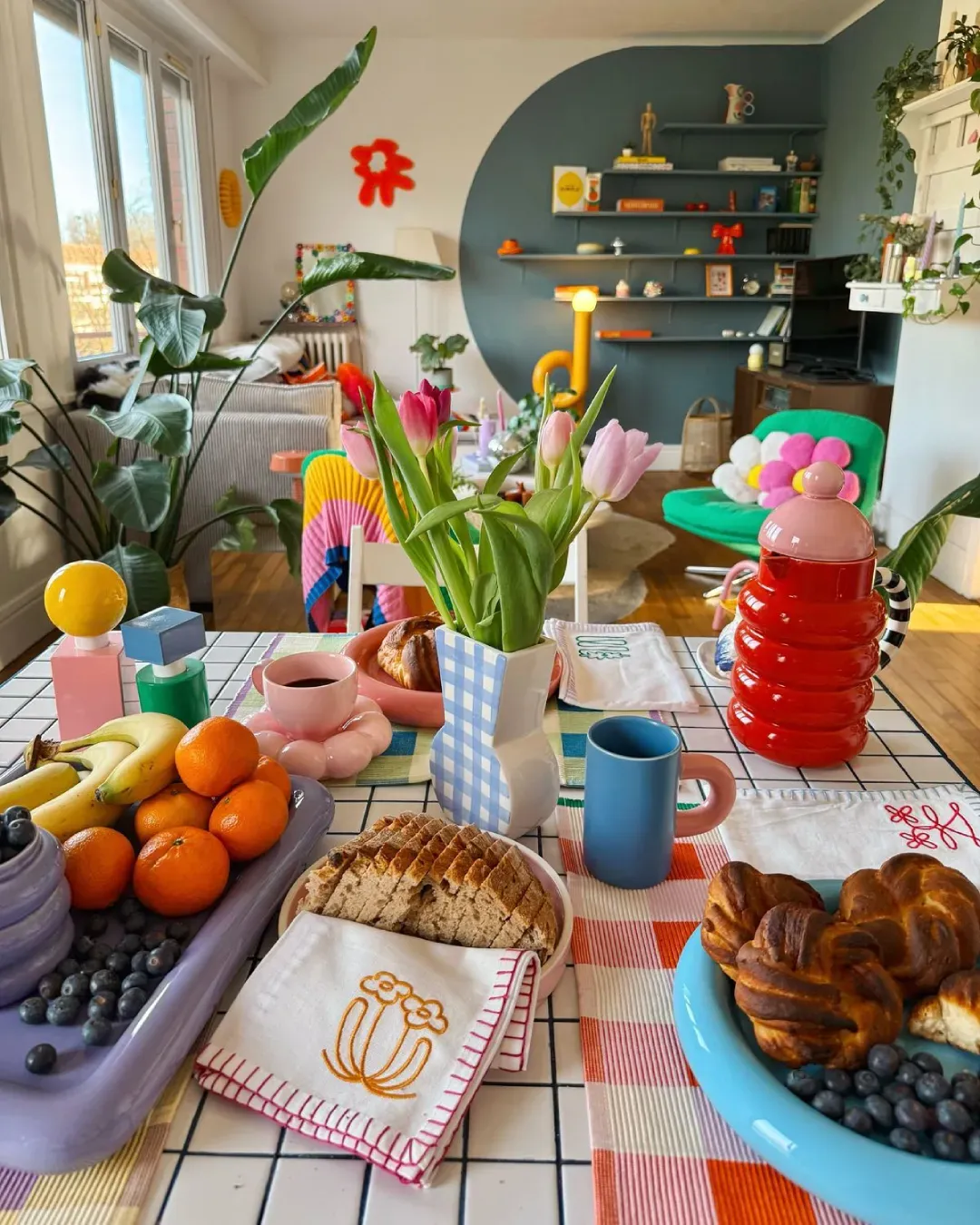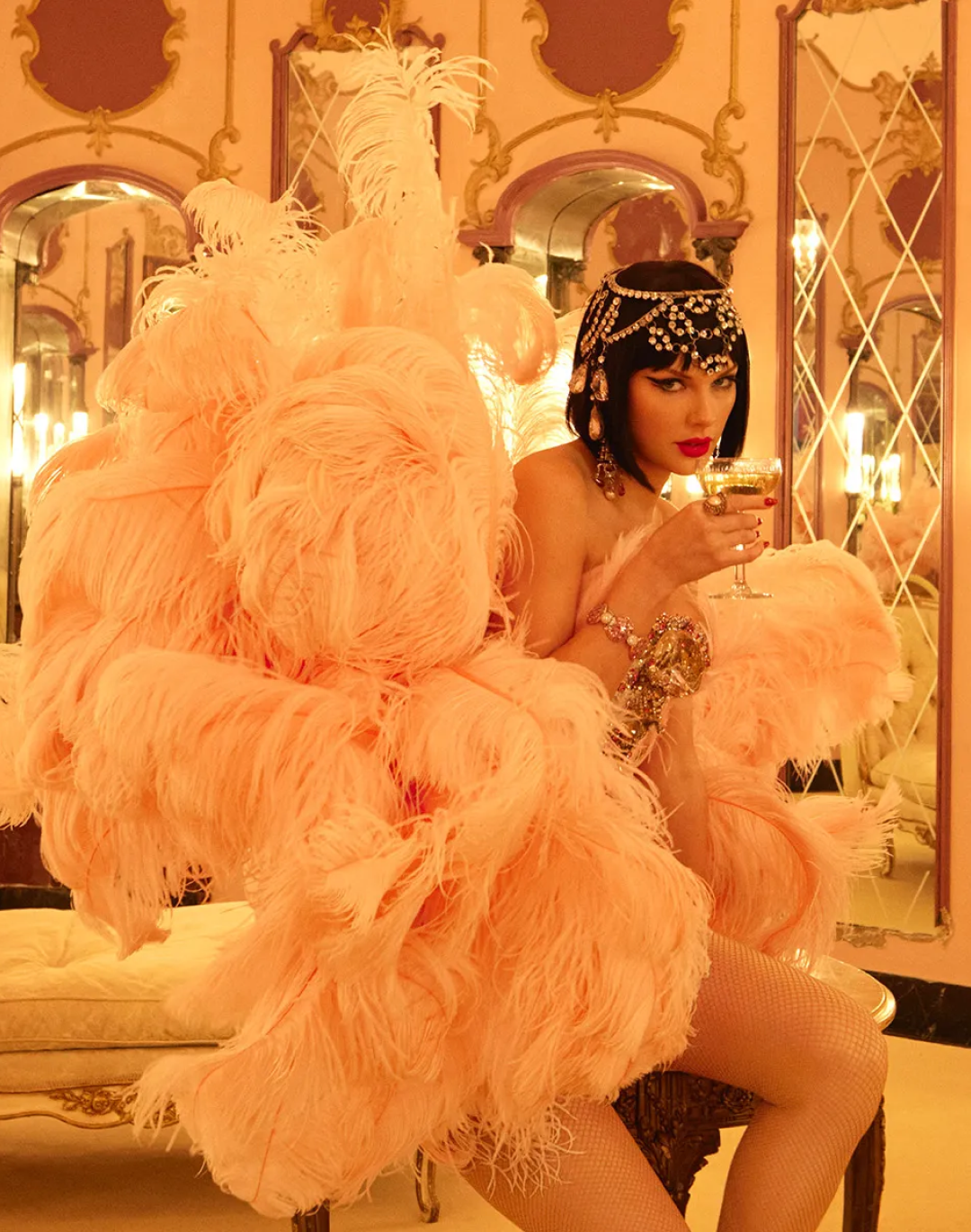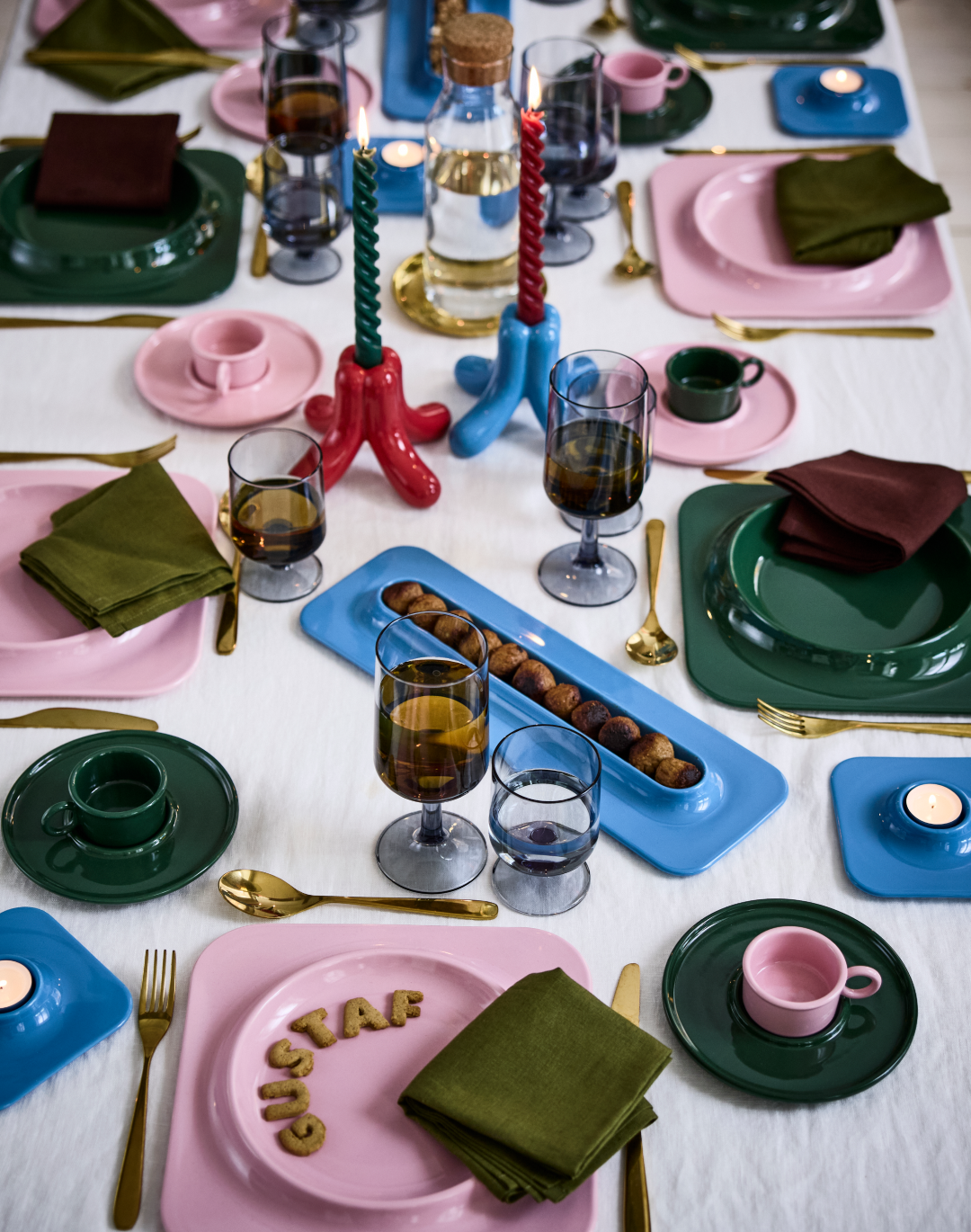
What does Virgil Abloh's collab with the Louvre mean? How black community is taking back its space in the art world
«I was fascinated with Da Vinci early on – I was in my senior year at Wisconsin, taking an art class. I was super interested not only by his artworks but also by the influence he had in many disciplines besides art: science, engineering, architecture».
These are the words of Virgil Abloh, who graduated in architecture, spoken at the launch of the collection created by Off-White for the Louvre Museum for the 500 years since the death of the Italian genius. whose influence on Abloh and his designs is neither recent nor even less surprising, given the multipurpose way in which the designer has always approached art and fashion.
Giving the news of the collaboration Adel Ziane, Director of Public Relations of the Louvre, said:
«Our collaboration with Off-White and this multitalented artist also gives us the opportunity to reach out to a new audience and encourage them to take interest in the Louvre».
These words suggest that the institution is the most interested part in the partnership, a situation that does not occur often, and which makes us reflect on the great importance achieved by Abloh in recent years. In addition, it's interesting and in some ways counter-intuitive that classical institutions - such as museums - turn to the world of fashion to try to engage audiences that would be alien to them and that, in a way, by culture and afe, are distant from the art world. Allowing people to "wear" their favorite works of art as luxury streetwear is part of that process of approaching the new concept of luxury and contamination between high and low that is pervading every fashion and art industry.
The official photos of Off-White's and Louvre's campaign were taken in the Grand Galerie of the Louvre, the most famous hall of the entire Museum - except for the one containing the Mona Lisa - and representing a holy grail for classical museum art. The same room where, in June 2018, Beyoncé and Jay Z shot a good part of "APESHIT", the video for the first single from their collaborative album. The video had not only had a great media impact - such that the Louvre itself decided to create a thematic path for the visit of the works involved in the video - but also a great advertising value (the director of the Louvre announced that "APESHIT" had actively contributed to the museum's great 2018). The biggest result of the video was the beginning of a positive conversation about the reappropriation of museum spaces by African Americans. Places that have always been Eurocentric, from which African Americans have historically been excluded, were it not for the brilliant exceptions of artists like Basquiat or Kehinde Wiley - the artist Obama chose for the traditional presidential portrait conversed to the National Portrait Gallery. But even in these cases, black art has often been enjoyed by white audiences, perhaps alien to the deeper meanings of the work, or its socio-political relevance. The paradox is well represented by one of the first scenes of Black Panther, in which the guide of the London museum that welcomes Killmonger is not aware of the value (the vibranium) of the work to which the character played by Micheal B Jordan is interested.
For some years now, however, this process of reappropriation of the arts by black creatives is increasingly strong and evident. The products of black culture have conquered the music mainstream, the covers of fashion magazines, the fashion magazines themselves.
«The incorporation of blackness is in fact very important in spaces that not only have excluded the black subject, but often is filled with objects that have a direct relationship to the historical subjugation of black bodies through slavery and wage exploitation. It is very rare to find examples from art in the Louvre (St. Maurice would be one) of black figures that aren’t used decoratively», wrote Theodore Barrow, professor of art and curator, on The Fader talking about Apeshit.
The literature around the Carters' video was so strong because the work came at a time when the possession and reappropriation of artworks by African Americans was normalized. In 2013, Jay Z bought Mecca by Basquiat - an iconic painting of New York - for 4.5 million dollars. A few years later, Sean Combs aka Diddy bought Kerry James Marshall's Past Times for a record-breaking 21.1 million dollars, the highest price ever paid for a piece of an African-American's art. And in recent weeks, during the Art Basel of Miami Travis Scott seemed to be interested in the purchase of a work depicting Krusty the Clown of The Simpsons made by Tom Sachs and listed about 225 thousand dollars.
The theme of black art ownership was also at the center of an exhibition that was held in Miami during the Art Basel but outside of its official program, Who Owns Black Art?.
«It's fine for us to be the producers of culture and the generators of culture. But when it's time for us to reap a value or the reward, or even be recognized for the genius of our creativity, then it seems that there's a problem».
Tia Oso's speech applies not only to art, but can be extended to the world of American entertainment, from music, to television and of course fashion. Or rather, it could.
Tyler Mitchell, the first black photographer and the youngest ever to shoot a cover of Vogue - in the September 2018 issue of Beyoncé on the cover - entered the Smithsonian's collection last August with a portrait of Bey. Of course, the appointment of Virgil Abloh, an African-American from Rockford, Illinois, as creative director of Louis Vuitton is the culmination of this process, as is the fact that a streetwear brand - by the same African-American artistic director - enters at the Louvre from the front door. «I want to crash together these two worlds that are seemingly different: fashion and high art. It’s a crucial part of my overall body of work to prove that any place, no matter how exclusive it seems, is accessible to everyone. », Abloh said at the announcement of the new collection, once again reiterating the intention to change the old rules of distribution and possession of art, as well as the definition of what can be understood today as art or luxury.










































